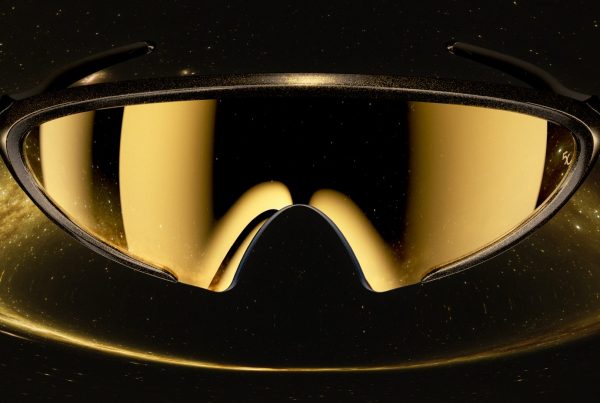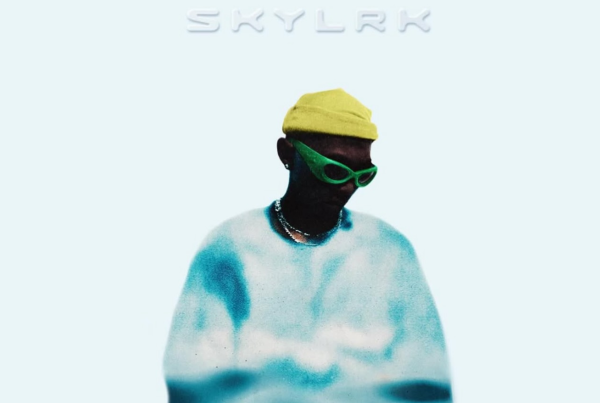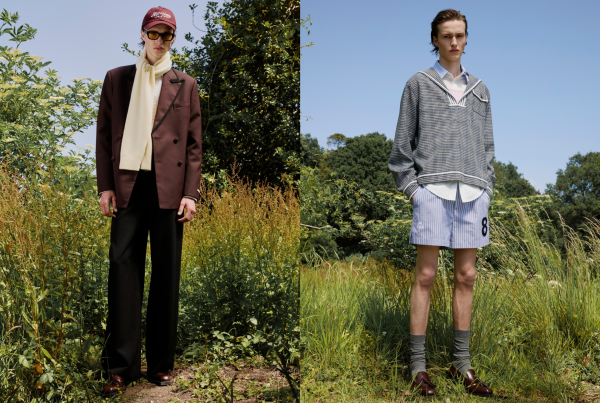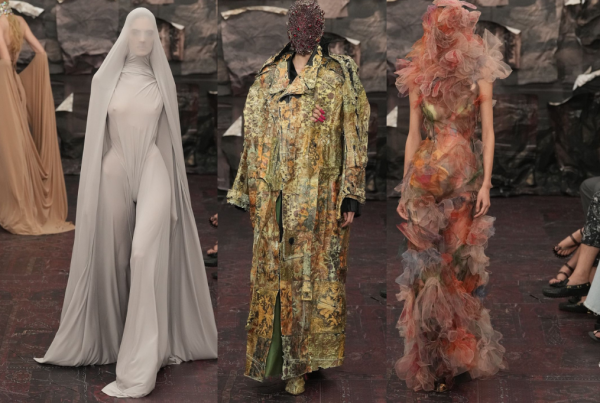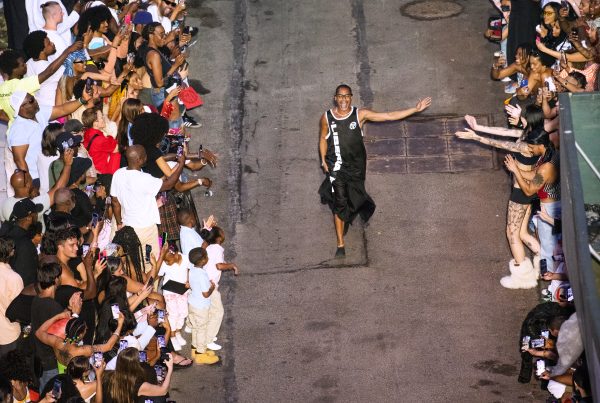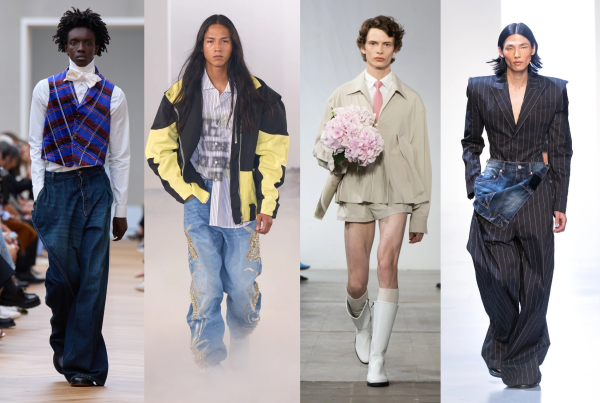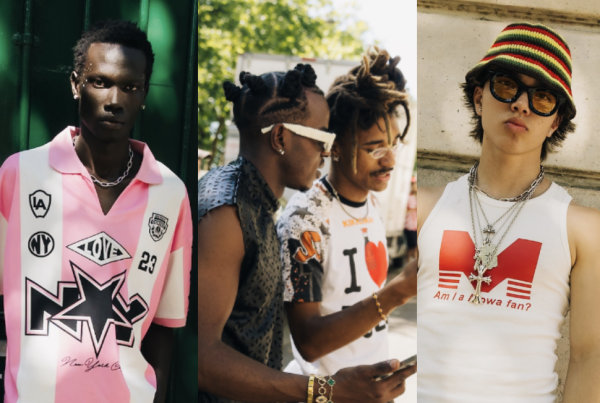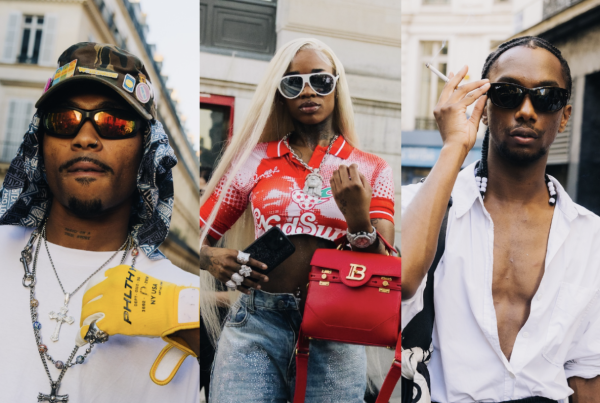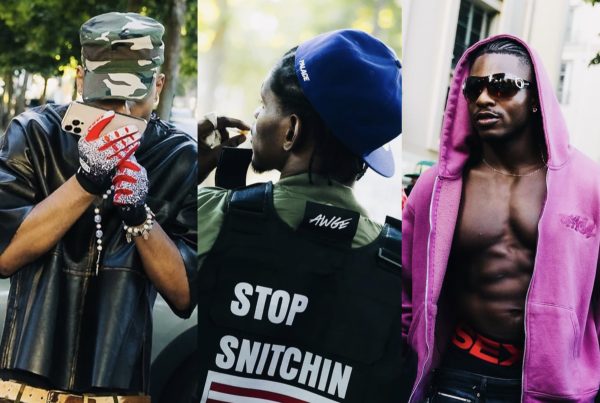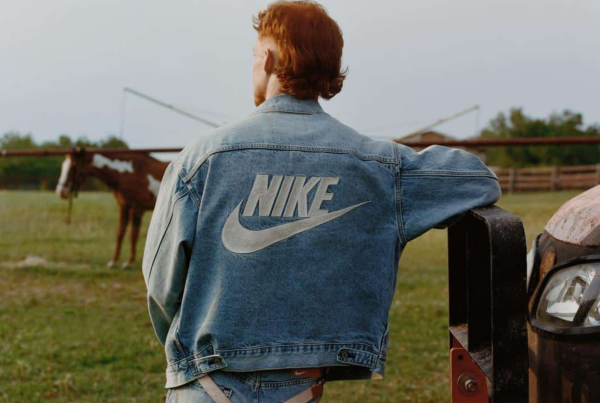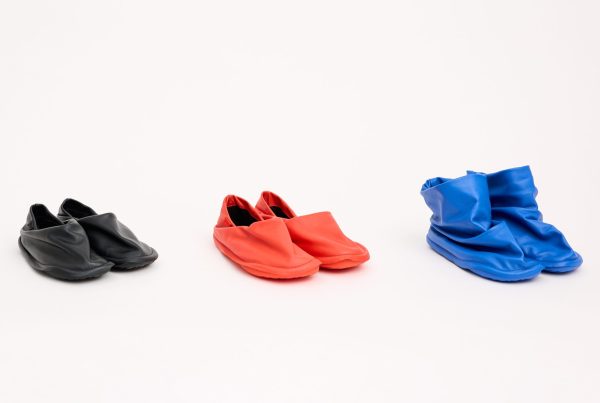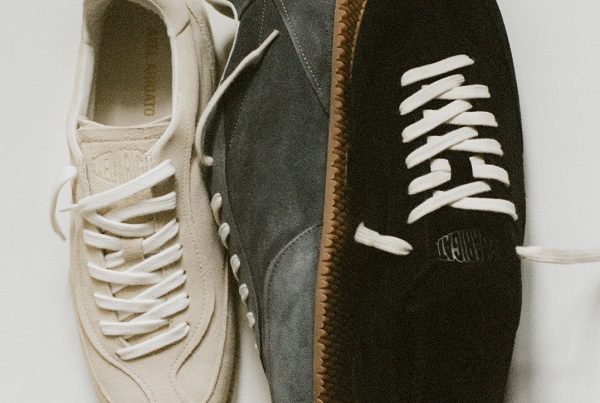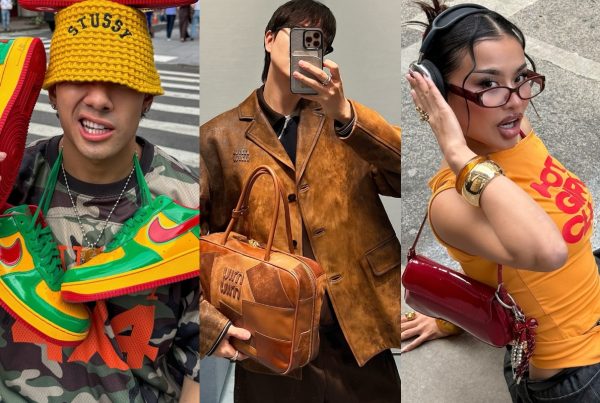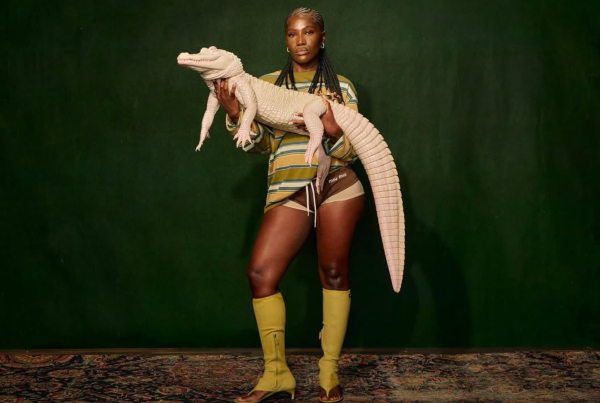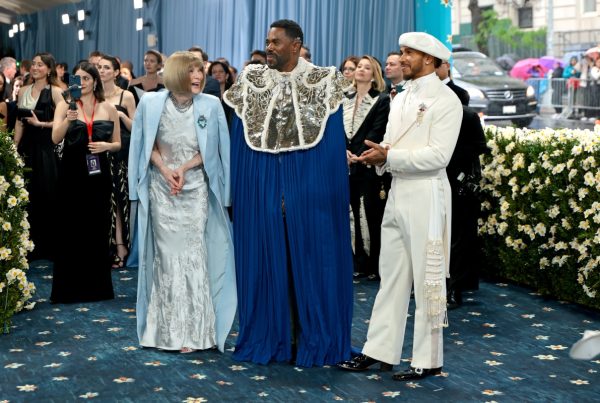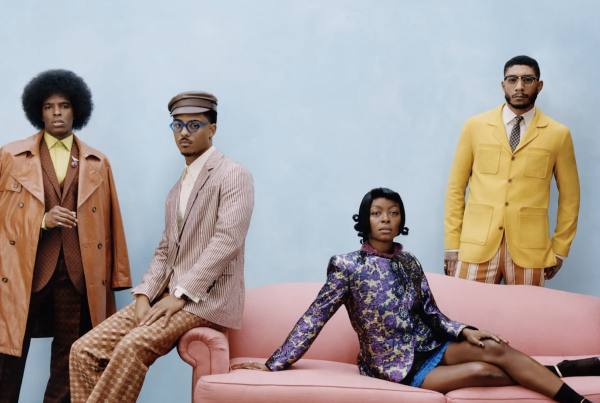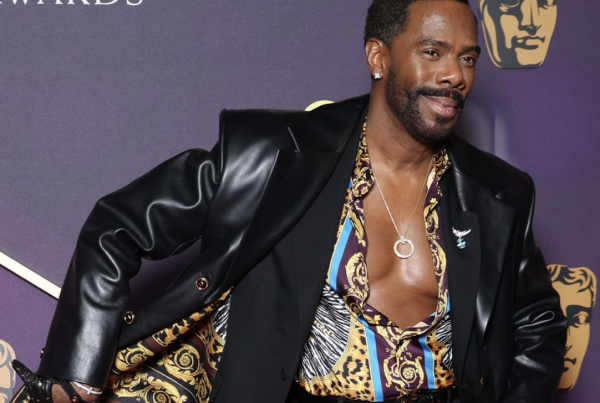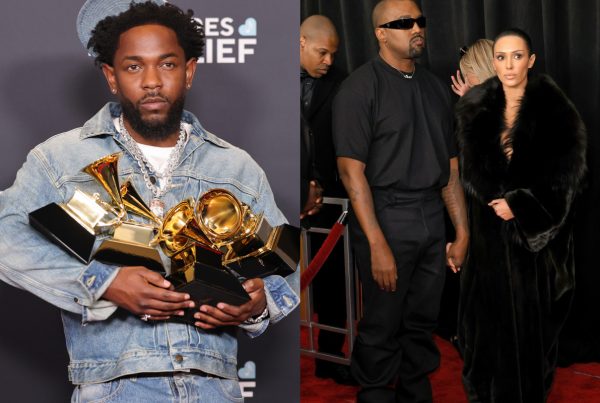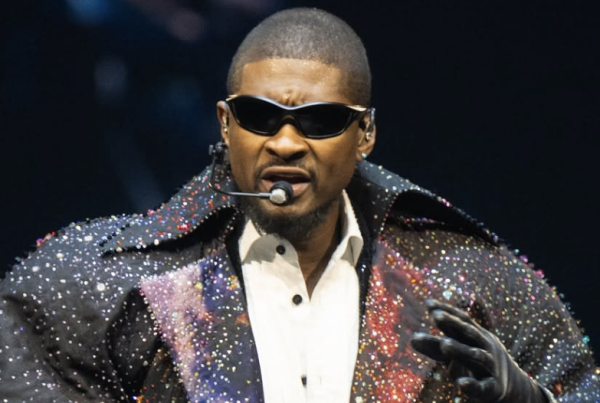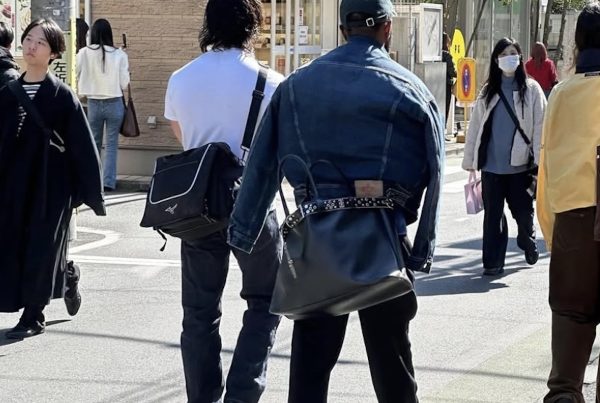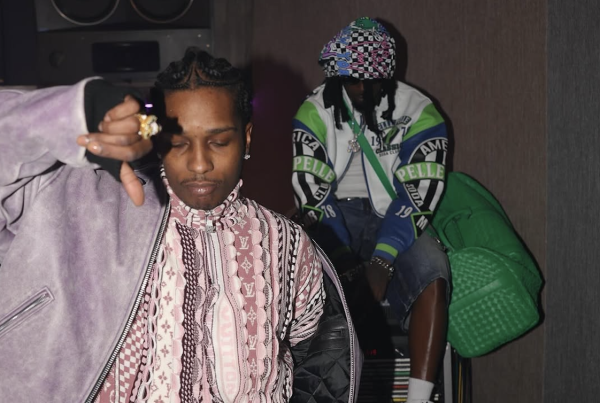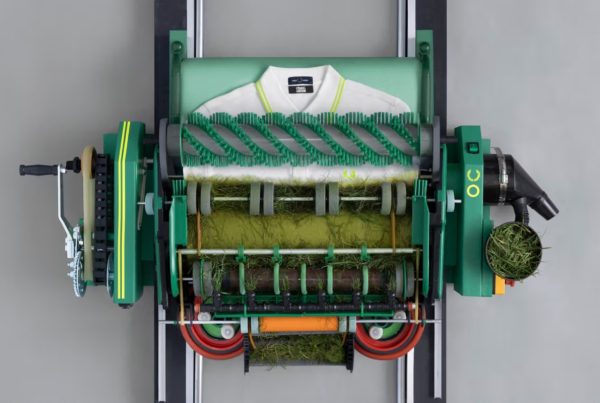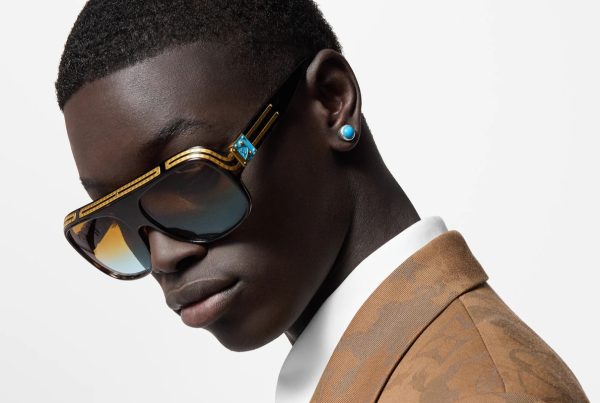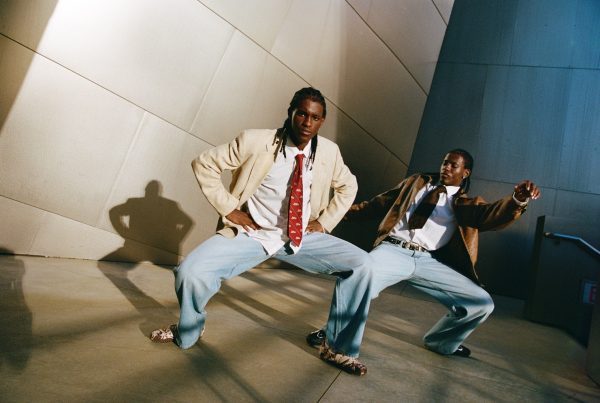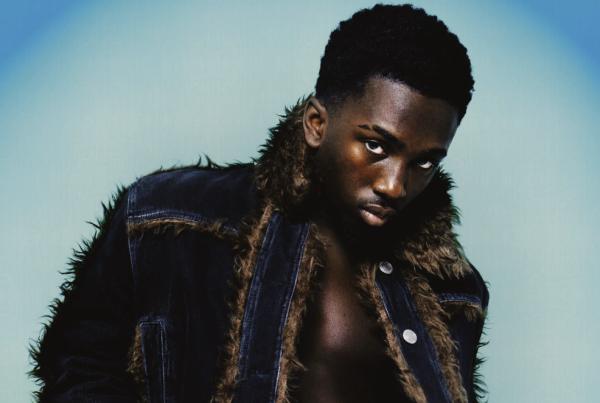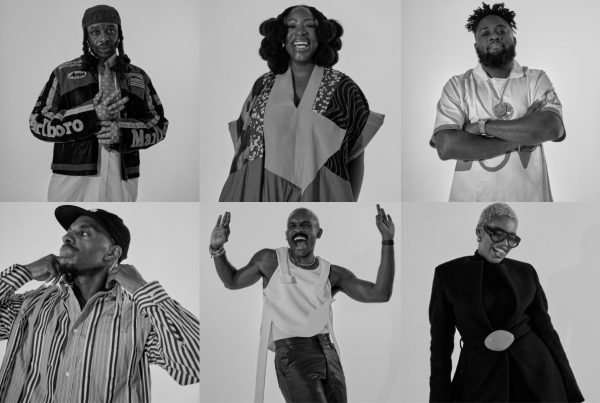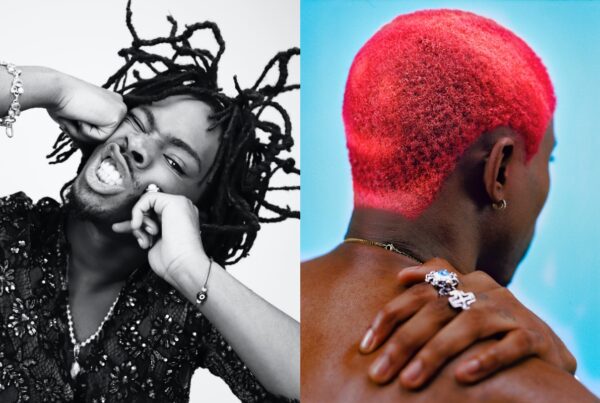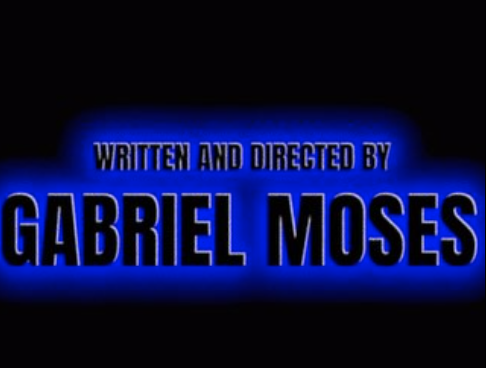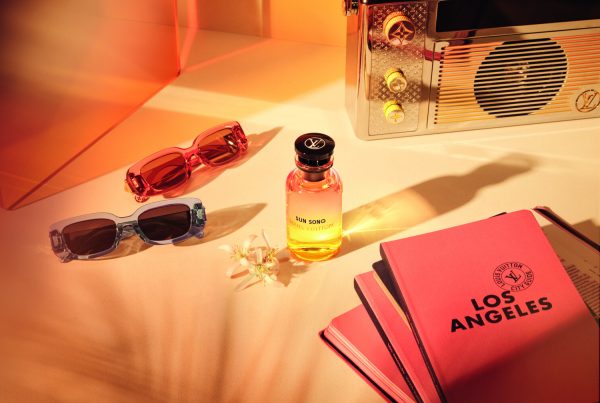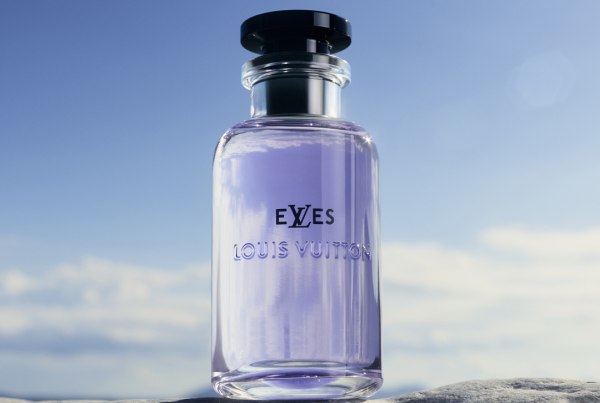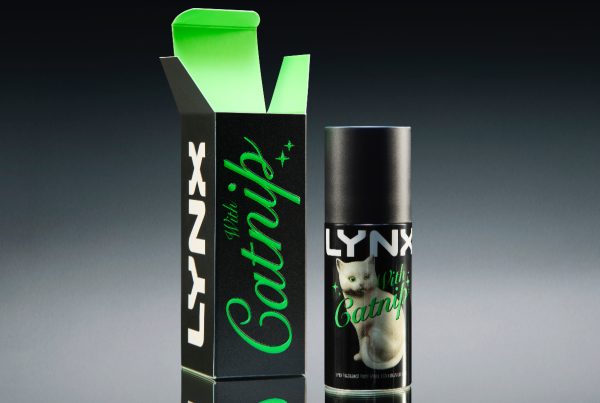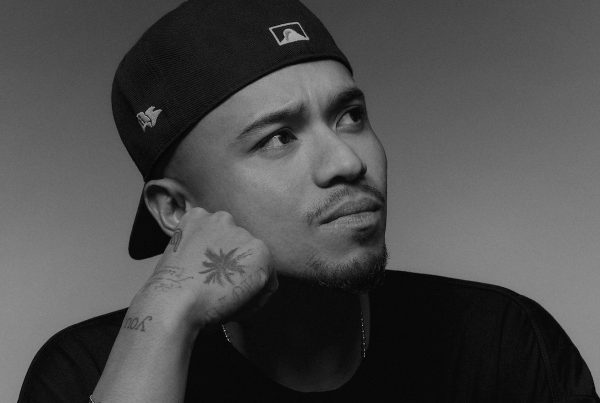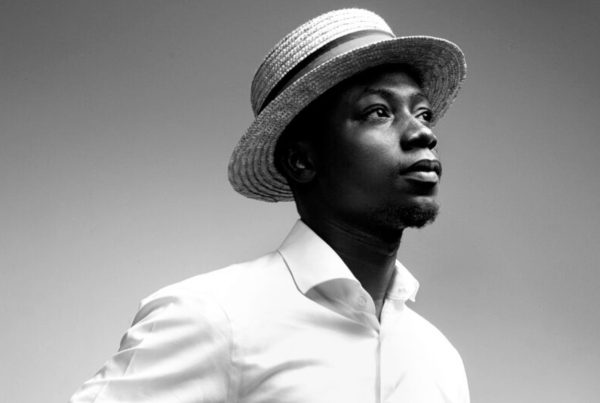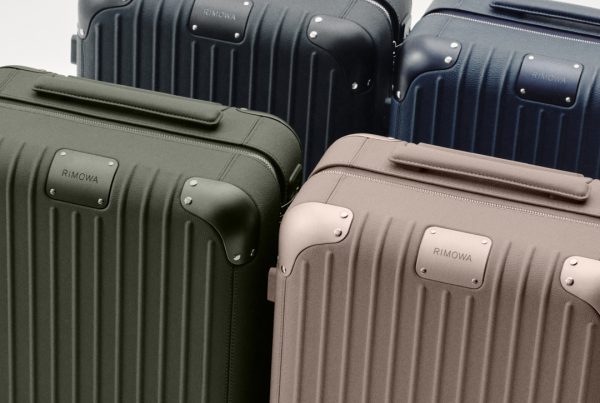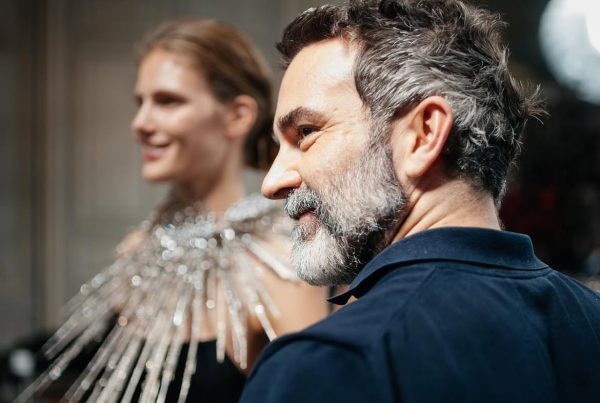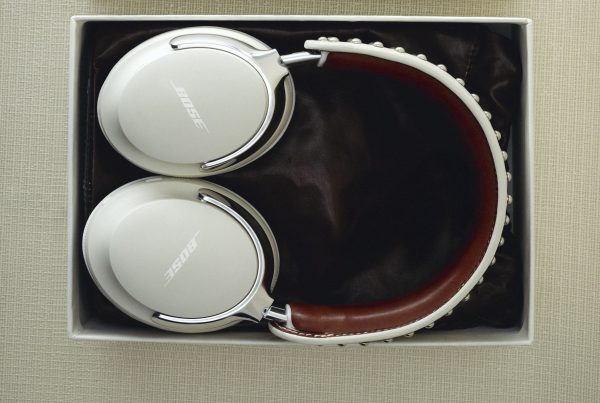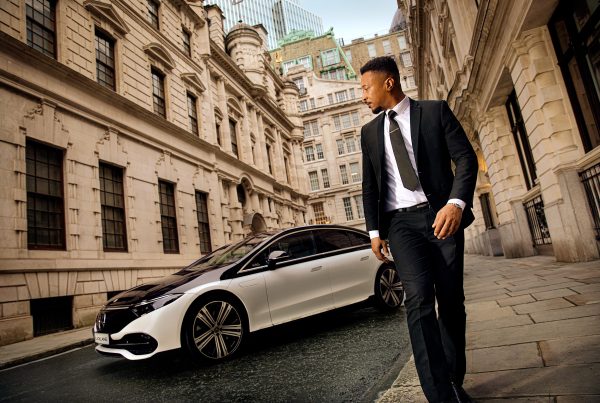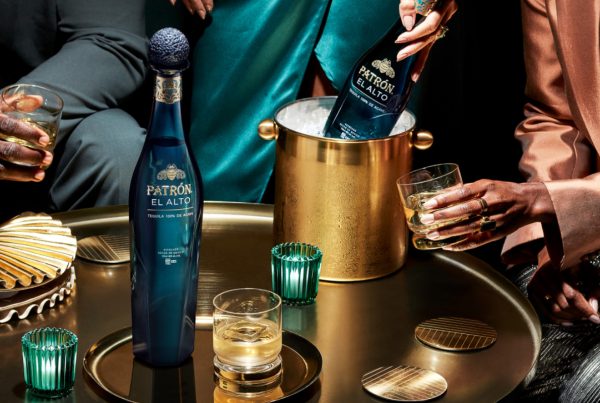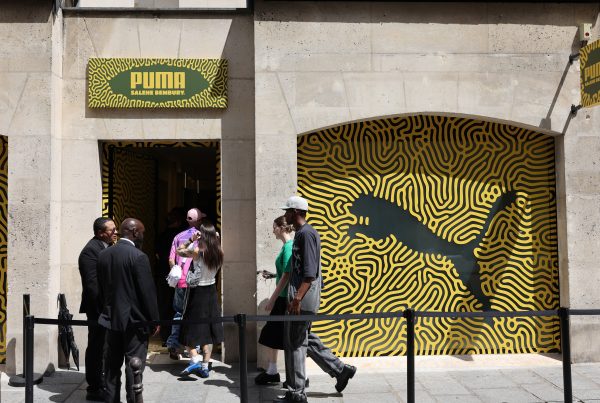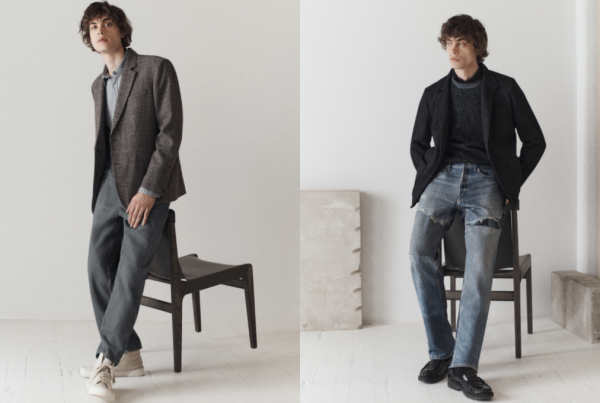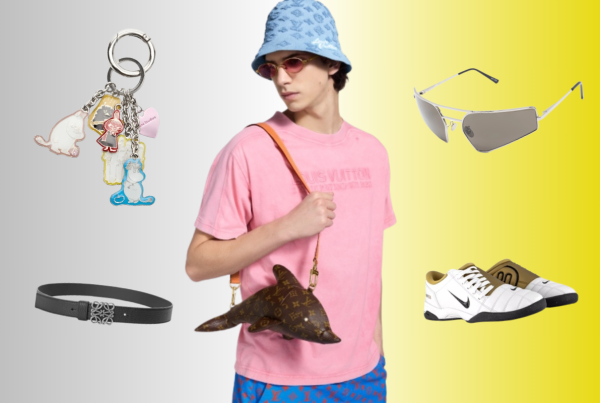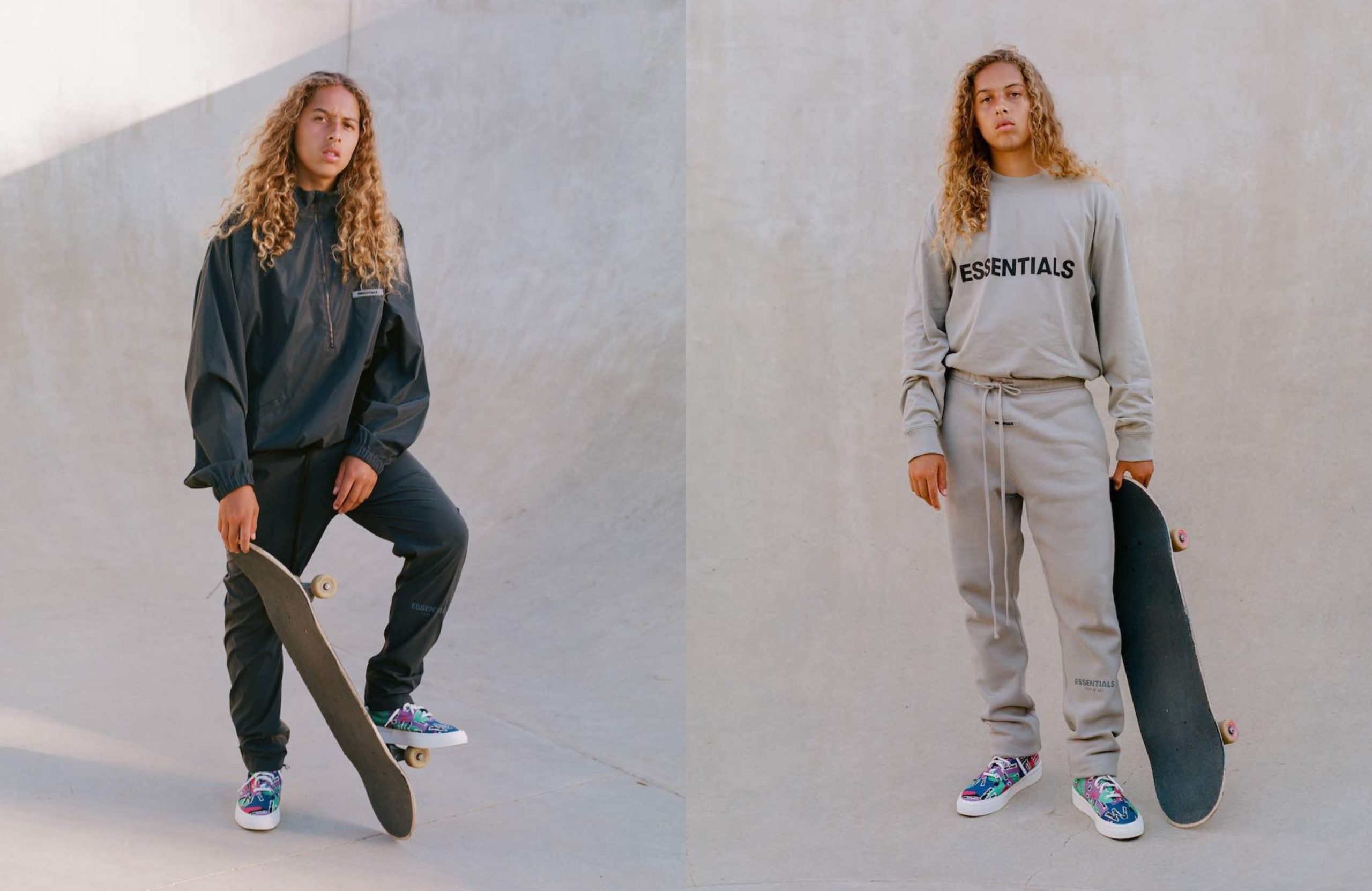Jumpman, Jumpman, Jumpman.
With Jordan Brand resale prices having done a 180° ever since the world stopped to relive Michael Jordan’s Chicago Bulls days through Netflix’s ‘Last Dance’ documentary; it would be safe to say, the feature which highlights Jordan’s stellar career that saw him lift 6 NBA Championship trophies and destroy Hall of Famers on the hardwood, was nothing short of a marketing masterclass. It silently highlighted what would go on to be one of the most sought after sneaker silhouettes, long after Jumpman himself had unlaced his sneakers and hung up his jersey.
With Michael reluctant to take a meeting with Nike, which was then a company that made running shoes for track and field athletes, and hoping to instead sign with Adidas, the iconic Air Jordan sneaker series almost never lifted off. But alas, with a bit of help from his mother, Nike was able to sign Jordan and the Air Jordan would make its debut in 1985, reshaping the sneaker landscape as we knew it.
As the hype and interest in retro Jordans that surrounded the show before it premiered has sustained well after the series finished (the resale price appreciated almost twenty-per cent in just over two-and-a-half months,) we have decided to look at some of our favourite Air Jordan shoes, highlighting their brief history and significance.

PHOTO CREDIT: Getty Images
The Air Jordan 1
Designed by Peter Moore and retailing for $65 at the point of release, the AJ1 burst onto the scene in a flashy fashion, and with its popularity fueled by Michael’s gravity-defying plays, winning ‘Rookie of the Year’, and his rapidly growing pop icon status. Not to mention the NBA”s apparent banning of the sneaker for having ‘non-regulation colours’ which resulted in Mike being charged $5000 every time he wore them on the court. This a story that would later be revealed to be part of Nike’s marketing plan, but would also define and underpin the Air Jordan’s defiance, which sees the 1985 silhouette still as popular today as it was then – if not more with Off-White™ reworks and countless collaborative iterations.


PHOTO CREDIT: Getty Images


PHOTO CREDIT: Getty Images
The Air Jordan 2
Less of a mainstream favourite, when compared with its predecessor, the Air Jordan 2 featured a more “lifestyle-esque” elegant design, cutting edge appearance and use of premium leathers and luxury materials. This set the tone for what was to come for the Jumpman series. The brainchild of Jordan 1 designer Peter Moore, with a helping hand from Air Force 1 designer Bruce Kilgore, the 2’s were the first Jumpman sneaker to retail at a $100 when they dropped in 1986, owing to the sneaker being made in Italy and flexing faux lizard skin.
A cult favourite that’s often referenced by well-versed sneaker aficionados, in 2010 Jordan Brand tapped all-round creative maven Vashtie to rework the Air Jordan 2, marking the moment as the brand’s first sneaker collaboration with a woman.


PHOTO CREDIT: Getty Images


PHOTO CREDIT: Getty Images
The Air Jordan 3
Designed by the most prolific Air Jordan designer, Tinker Hatfield, the Air Jordan 3 was a game-changer. Releasing in January 1988, the 3’s cemented Jordan’s dominance on the court and on the streets, setting the standard in fashion and the shoe technology. One of the most popular Air Jordan silhouettes ever, the Jordan 3’s were a mix of sophistication and style – with grey elephant hide-like print on the upper, a visible Air unit in the heel, luxury leather materials and a new Jumpman logo inspired by Michael’s famous dunk on the tongue.
A revolutionary design, when creating the 3’s Hatfield worked closely with Jordan to create the perfect shoe for the superstar. One with a mid-cut height instead of the high-top style everyone was wearing at the time; the comfortable sneaker with soft and supple leather that would break in straight away, and one with the flash and sleekness that only Michael Jordan could pull off.
A cultural moment, the Jordan 3 with its Black Cement, White Cement, Fire Red and Blue Cement colourways has been retroed countless times and gave birth to the Mars Blackmon character played by Spike Lee.


PHOTO CREDIT: Getty Images


PHOTO CREDIT: Getty Images
The Air Jordan 4
After the 3 came the 4. With Tinker now at the helm, the Air Jordan series’ popularity continued to soar. And as Michael continued to dominate the competition on the court, his sneakers were dominating pop culture. Dropping in 1989, the Jordan 4 was not an instant hit like its predecessors, with people saying it looked ugly. With time, interestingly, this silhouette would go on to establish itself and the Air Jordan series as the coolest and most culture-defining sneakers in the world.
Looking for a way to top the success of his last design and wanting to move away from the luxurious aesthetic that appeared on the Jordan 2 and the Jordan 3, Tinker and MJ went back to the drawing board to create a sneaker that was more performance and not so much luxury. They returned with another mid-cut silhouette with a visible Air unit on the heel, but this time more lightweight and streamlined, with mesh netting on the side panels, and unique lacing support and soft nubuck leather. Functional and aesthetically pleasing, the 4’s place in history would be cemented as MJ would hit ‘The Shot’ while rocking a pair of black Air Jordan 4s.
Retroed numerous times, the 4’s silhouette has been a sacred one – and recently Virgil Abloh would add to that history with his own version of the Off White™ x Air Jordan 4 which first appeared at his Women’s show at Paris Fashion Week.


PHOTO CREDIT: Getty Images


PHOTO CREDIT: Getty Images
The Air Jordan 5
Modelled after WWII fighter planes, when the time came to work on the Air Jordan 5 Tinker looked no further than Jordan’s ‘never say die’ attitude, incessant work ethic and the biting style in which he played the game of basketball, as his inspiration. First released in 1990, the 5’s would go on to be a symbol of MJ’s NBA dominance. By now, the Air Jordan series was an established powerhouse, with every kid on every block wishing they had a pair of the most envied sneakers in the world – and the Air Jordan 5 would only add to this momentum with its fashioned ankle collar and the zig-zagging shark teeth detail on the midsole. Tinker and MJ took things up a notch with the 5’s overtly aggressive design that featured a 3M coated tongue, premium leathers and a clear outsole, which at the time hadn’t been seen on a pair of Air Jordan’s yet.
A cult classic that became a cultural phenomenon after being worn by Will Smith on the Fresh Prince of Bel-Air and, of course, Spike Lee in ‘Do The Right Thing’, the 5’s are a pop culture icon in their own right. Still as revered now as they were when they first dropped, you can thank Theophilus London for inspiring Virgil Abloh to rework the model for this latest collaboration with the Jumpman brand.


PHOTO CREDIT: Getty Images


PHOTO CREDIT: Getty Images
The Air Jordan 6
With the Jordan 6, Tinker Hatfield continued to show why he was a genius designer, adding to a resume that already included the most beloved Jordans of all time. Retailing for $125 when they dropped in 1991, the Jordan 6 would see Tinker and MJ allegedly draw inspiration from the spoilers of sports cars – although this inspiration has actually never been confirmed by Tinker himself.
Another perfect marriage of ultimate sports performance and appealing aesthetics, the Jordan 6 like many of its predecessors would go on to be as popular on the hardwood as it was off the court. Originally available in five colourways which included the heralded “Carmine,” the “Sport Blue,” and the iconic “Infrared” versions, the Jordan 6 featured nubuck or full-grain leather depending on the colourway, a clear rubber outsole, lace locks to thoroughly secure laces and a heel tab that resembled a spoiler, a nod to the alleged inspiration previously mentioned. While this model would mark Jordan’s first of six NBA Championships, it would also be the last Air Jordan shoe to sport Nike branding on the exterior, a visible Air window and be promoted by Spike Lee’’s Mars Blackmon character.
An amazing design, the 6’s are legendary sneaker culture and are classed as one of the most important sneakers of all time.


PHOTO CREDIT: Getty Images


PHOTO CREDIT: Getty Images
The Air Jordan 7
Debuting on the world stage at the ‘92 Barcelona Olympics, the Air Jordan 7 further proved that Tinker Hatfield’s genius could be inspired by pretty much anything. As the story goes, Tinker saw a poster with tribal patterns and tones that showed a person playing a guitar moulded after the shape of the African continent, and this would spark the design for his next Jordan creation.
Marking a visible split between Nike and the Air Jordan brand, the 7’s would do away with the “Nike Air” logo on the heel as well as the visible Air unit that had appeared in previous Jordan model but would feature a neoprene inner bootie similar to that found on the Nike Huarache, as well as colourful geometric detailings that would be an ode to West African tribal culture.
A cult favourite the Air Jordan 7 has, like many retro Jordans, been retroed several times with the last release dropping in 2012 which included a five colourway run.


PHOTO CREDIT: Getty Images


PHOTO CREDIT: Getty Images
The Air Jordan 8
With a distinctly 90’s silhouette, the Air Jordan 8 dropped in 1993 – the same year MJ would go on to cement himself in history by three-peating and capturing his third consecutive NBA championship.
Another MJ and Tinker special, the bold toned sneaker which retailed for $125 when it first dropped appeared in three distinct colourways; White and Black, White with Blue accenting which took on the moniker “ The Bugs Bunnys” after the Looney Tunes character replaced Spike Lee’s Mars Blackmon character as Jordan’s advertising mate. As well as the beloved “Aqua” colourway which MJ only wore once on the court but have been seen on the likes of Kanye West. Taking a little more focus on the aesthetics this time, with its gaudy design the 8’s featured striking features such as two lockdown straps, graphic covered panelling on the heels and its defining feature – the large chenille Jumpman logo which appeared on each tongue.
While it’s not the most iconic Air Jordan model, the Air Jordan 8 defines the era it was created in and had Jordan not returned to the NBA to win three more, the 8’s would have been the final Air Jordan sneaker from Michael’s playing career.


PHOTO CREDIT: Getty Images


PHOTO CREDIT: Getty Images
The Air Jordan 11
Back in the NBA after realising his dream of playing professional basketball, the Air Jordan 11 marked MJ’s return. However, the sneaker almost never happened as MJ’s retirement from the NBA led Nike to consider discontinuing the line, except Tinker had other plans and continued to work behind the scenes designing what would go on to be the Air Jordan 11 should Jordan ever return to the court. Jordan returned, and all would be well.
While Michael was interested in the feel and fit of the shoe, as he’d always been with previous models, it would be footwear’s aesthetic design that would lead it to become a sneaker culture grail. Arguably the most stylish Jordan there ever was, the 11’s featured a predominantly White canvas with an iconic patent leather-trimmed mid-cut, a rigid carbon fibre shank for support and nylon panelling on the lateral sides for additional reinforcement. First dropping in the “Concord” and “Space Jam” colourway in 1995/6, the popular shoe would later appear in “Bred” and “Cool Grey” iteration in following years.
Not without controversy, after wearing the shoes for the first two games of the 1995 Eastern Conference Semifinals, the NBA decided to fine MJ for wearing the 11’s due to their lack of Chicago Bulls colours. MJ, looking to avoid another hefty fine would instead borrow a pair of Penny Hardaway’s Air Flight Ones. He would debut the “Space Jam” colourway in the following game.


PHOTO CREDIT: Getty Images


PHOTO CREDIT: Getty Images

